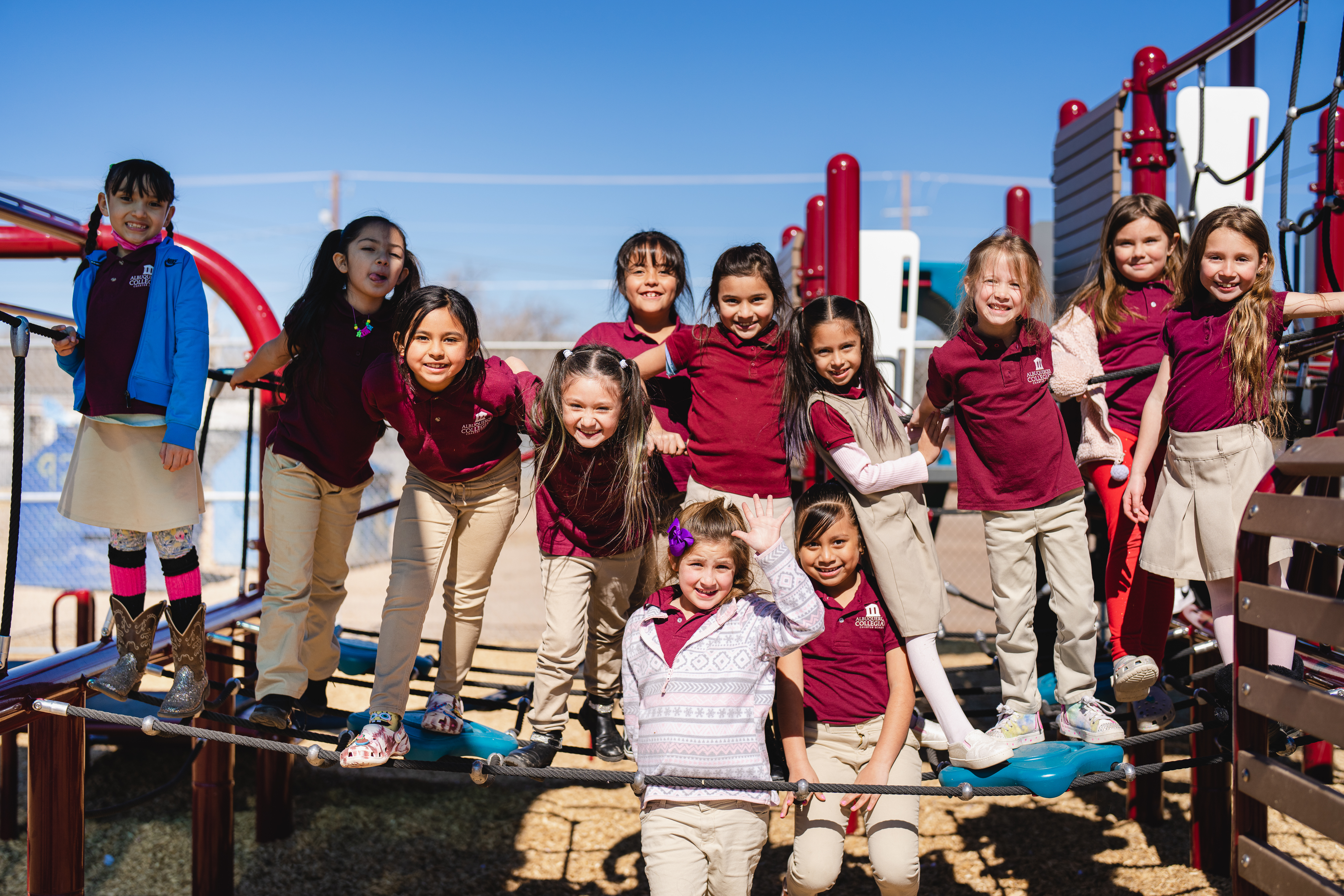
Caldwell District’s Investment In Migrant Families
By Angel Gonzalez
It’s early Saturday morning. I’m sitting next to a friend of mine who invited me to volunteer at a leadership conference organized by the Caldwell School District’s Migrant Education Program. It is definitely a family affair, preschool-aged children fidget in between classroom tables and teens sit next to adults as they wait for day’s agenda.
Ydalia Yado, the district’s migrant graduation specialist, greets the families in Spanish and then in English. After she speaks, everyone shuffles off to classrooms based on their age group. The youngest children participate in daycare, older children and teens learn about higher education options and the adults are introduced to GED and workforce training programs. Ydalia later shares, “we are always trying to figure out what is the best way to serve our families—our parents, our high school students, our elementary students and this is a great way to offer something for the whole family.”
There are nearly 2,492 students in Idaho public schools that identify as migrant. 430 of those students attend schools in the Caldwell School District. In order to be considered a migrant student, the parent or guardian of the child must move between districts within the last 36 months to obtain work in agriculture. Most migrant students are Hispanic, but there are also nearly a hundred white students in the state who also are enrolled in the program.
Migrant adults can be caught in a constant state of instability, moving from place to place depending on the season. The mobility of the family can be tough for children of migrants. Research has shown that high rates of student mobility provides significant barriers for students to succeed academically. This bears out for migrant students in Idaho who only graduated last year at a rate of 63 percent, 15 percent lower than the state average.
The federal government mandated the creation of the Migrant Education Program in order to reduce the academic disruptions of repeated moves on migrant students. Caldwell School District’s program is a unique approach to addressing both the needs of the child and their families.
Students entering the Caldwell School District are surveyed to identify their home languages and the family’s reasons for moving. District staff, called Migrant Family Liaisons, are then tasked with recruiting and guiding qualifying families through the program. Liaisons face a number of challenges, including a social stigma against the label “immigrant” which many misconstrue to be where the label of “migrant” comes from. According to Ydalia, “the students think that they don’t want to be called migrant. I was born in California, I was born in Idaho. And I try to explain to them, this has nothing to do with where you are born. I was migrant myself and I was born here in the US.”
When the student is enrolled in the program, Caldwell’s four-person Liaison team begins their work. In the schools, the migrant graduation specialist serves as an advocate for migrant students between 7th and 12th grade. She teaches classes, meets with teachers, and encourages the students to keep on track to graduate and put themselves on a path to post-secondary education. Family liaisons reach out to the adults to offer them resources to improve their well-being whether it is vouchers for clothing, legal resources, or job training.
Academic intervention and career guidance are a major step for assisting these students but can only go so far for students continuously facing the challenges of being uprooted. This is one reason why Caldwell’s Migrant Education Program seeks to be a resource for the entire family. By offering both school based support and long-term family resources they hope to make a lasting and stabilizing impact – helping migrant children overcome barriers and transition smoothly into post-secondary life.
—
Have something to say? Find us on Facebook and Twitter to share your comments!




